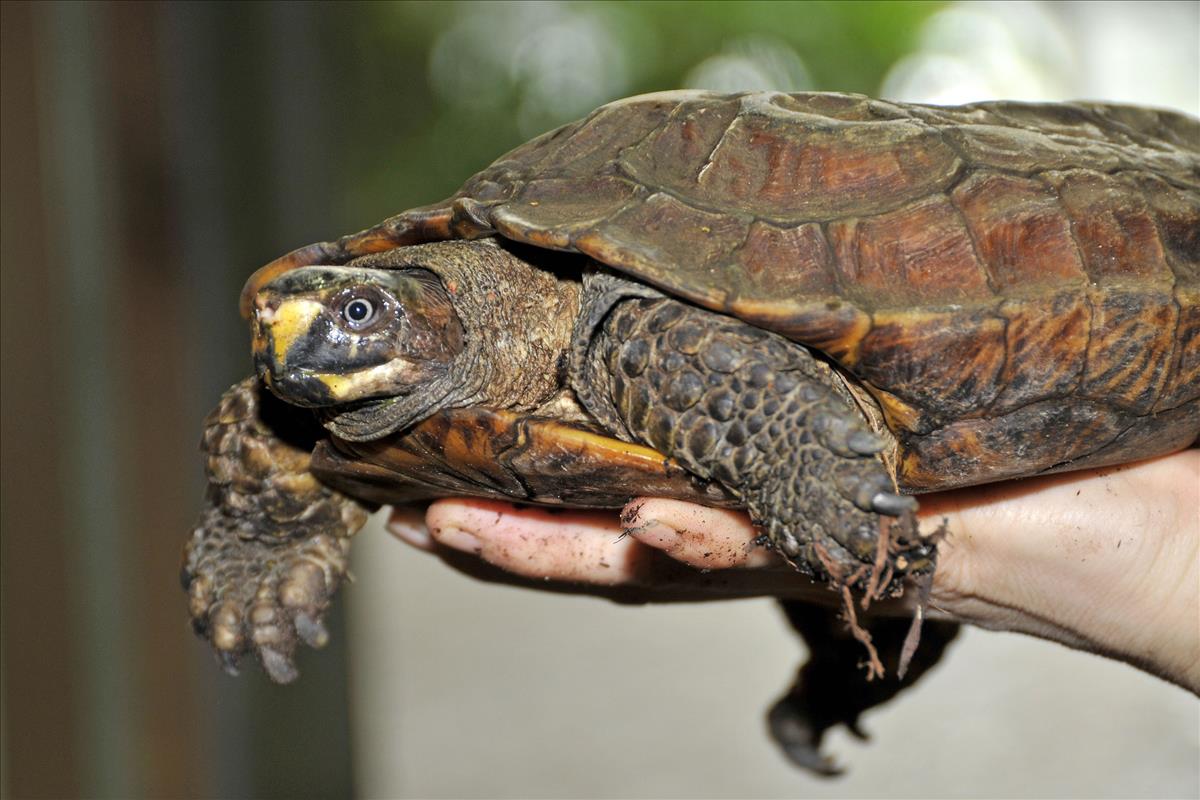Alerts
Please be advised that our bird aviaries are open!
Your Toronto Zoo is committed to the health and safety of the animals in our care. We take proactive steps to protect our birds from Avian Influenza which has been confirmed in a wild bird in southern Ontario, and some birds may still be off display.
Please note Splash Island is still closed and will not open until July due to unforeseen delays in construction. Please watch for updates on https://www.torontozoo.com/tz/splash or on our social media pages. Thank you!
Please note the following animals are currently not on display due to various reasons including Avian Bird Flu, and Covid-19 sensitivity:
- Flamingo, peacock, owl, bald eagle, and aviaries
- Some Kids Zoo Animals
- Cougar
- Moose
- Kangaroo walk through (kangaroos are still visible)
- Axolotl
We apologize for the inconvenience!


Reptile
Location at the Zoo:
Indo-Malaya
Region: Southeast Asia
Spiny turtle
The carapace of this unique turtle is sharp and pointed with a spiny keel and spiky serrated edges. There are also smaller spines on the pleural scutes, creating the effect of a walking pin cushion. This characteristic is especially noticeable in young turtles. The serrated carapace edge and spiny keel become worn down and are lost with age. Large adults have spineless carapaces and are much smoother than juveniles. The carapace is brown with a pale streak down the central keel, and the head and limbs are grayish-brown, usually with a yellow to red spot behind the eye and similar coloured speckling on the legs. The plastron is buff coloured with an intricate pattern of dark radiating lines on each scute. Males have longer, thicker tails than females and have concave plastrons.Conservation Status: IUCN
